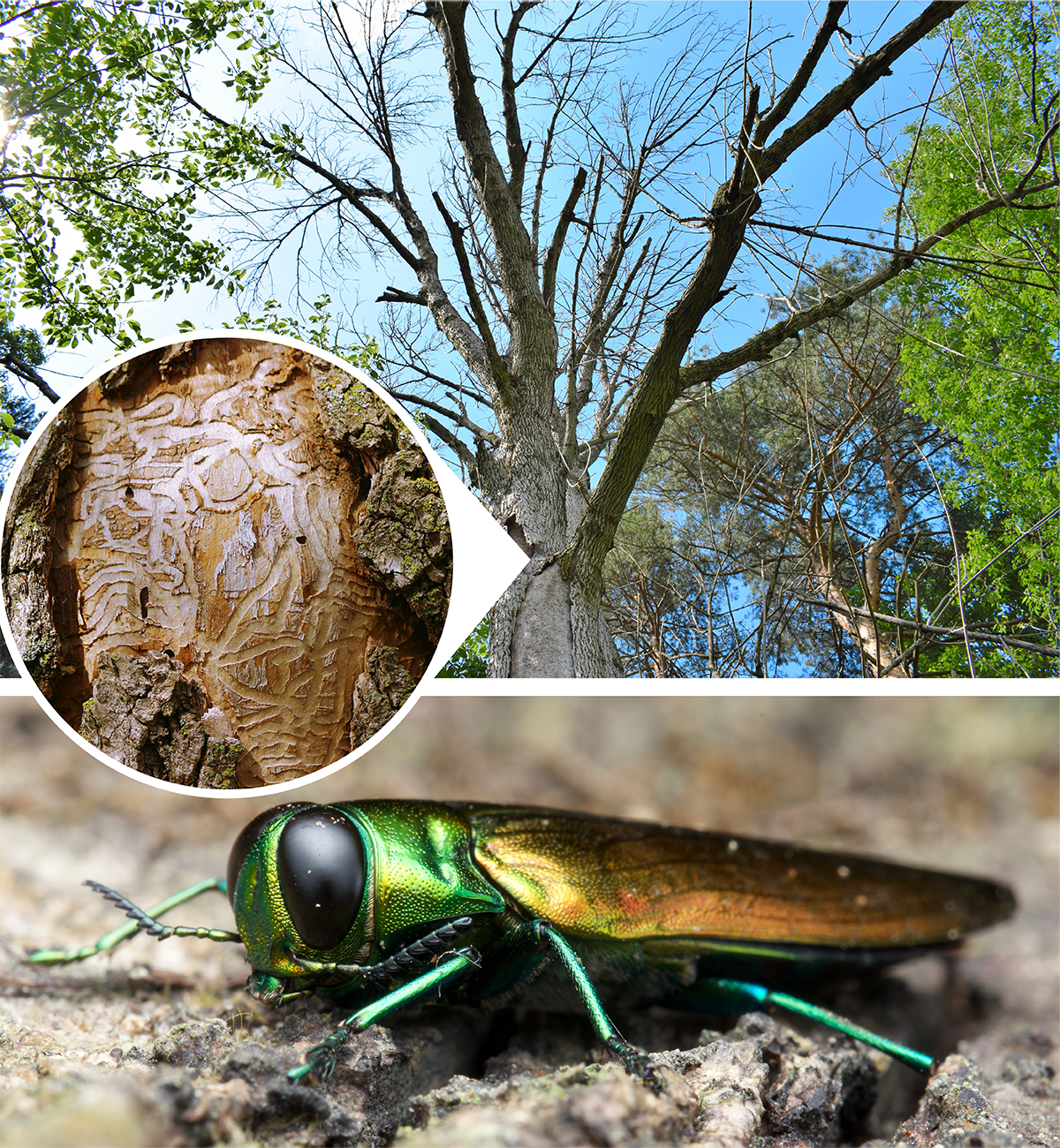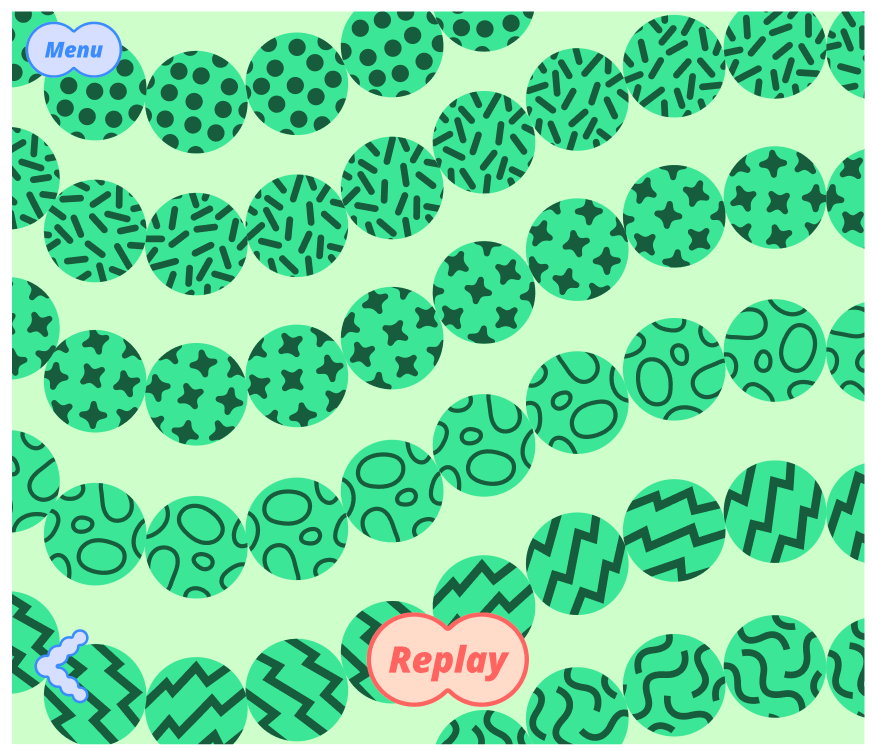Populations Need Genetic Variation
Look at any species and you’ll find some strikingly different individuals. From species of plants to people, bacteria to beetles, no group is made of entirely identical organisms. The variety does far more than keep things interesting. It’s critical for a species' long-term survival.
Sometimes differences are easy to pick out because two members of a species physically look different. Yet there are hidden differences too. They might make some individuals able to resist a disease, eat a different food, or thrive in a certain place.
Both mutation and recombination generate variation at random, not because of a need or desire to change. In fact, most variations are neutral. They quietly accumulate in a population over many generations. But the more variations exist, the more it’s possible that a few may one day be helpful.

The emerald ash borer is an insect that kills ash trees in the United States. Scientists are hopeful some trees exist with genetic variations that make them resistant to the insects. If they do, it could help save the species.



